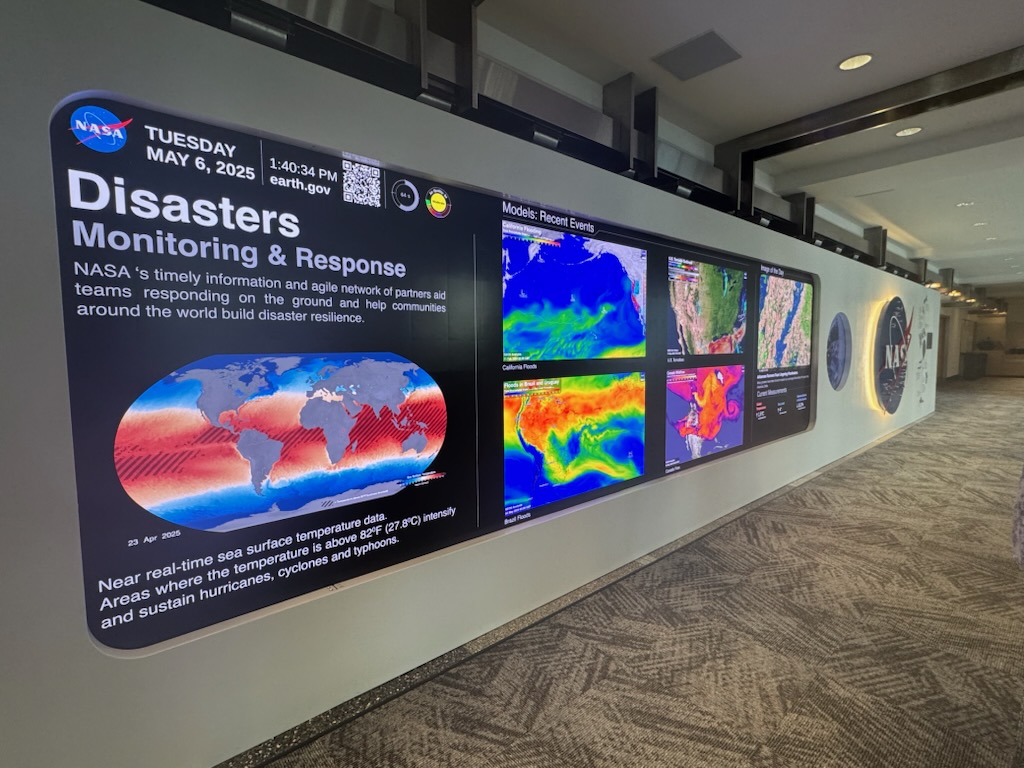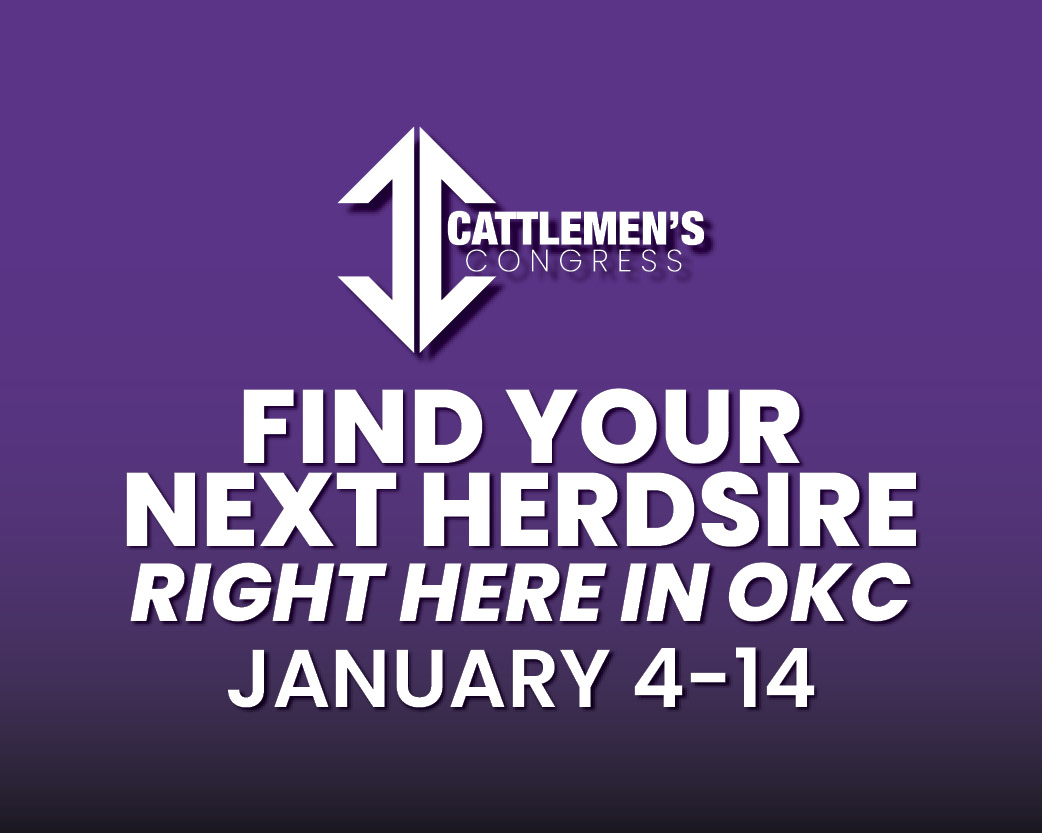
Farm Reporter Maci Carter recently had the chance to speak with Brad Doorn, Agricultural Program Manager for NASA. For NASA, Doorn develops the strategy and implementation plan to enhance the value of NASA Earth observations and science for water resources and agriculture applications, which includes seeking out partnerships and funding for applied research that will result in more active use of NASA capabilities to solve water resource challenges and agriculture/food supply decisions.
Decades ago, when the U.S. began to trade globally, Doorn’s team began trading information to the USDA about global food supply for the WASDE Report. The work has evolved to include yield forecasting, wildfire reports, and is now providing data directly to farmers.
“As we come to today, all of our data is more advanced, users are more advanced, and now our role is really getting this data into farmers’ hands and into users’ hands,” Doorn explained.
Currently, the weekly Drought Monitor Report includes data provided by NASA. NASA also provides data for weather services and is part of the framework for GPS navigation technologies.

“Our data is both underneath a lot of things that we do, and now, our data is going to be more directly in front of farmers,” Doorn summarized.
He highlighted the importance of providing accurate, relevant information that helps farmers make informed decisions. “We’ve developed a lot of models at NASA, and now, we are able to integrate those models into current monitoring systems to virtually project what that satellite might see into the future. We also use AI technology. These are all being tested now, and you are hearing a lot about that all over the place. We just want to make sure they are really validated by good, sound satellite data observations and science.”
NASA is participating with the USDA in a water conservation research project in Western Kansas. “It’s great that they are using satellite data to help part of that process to really understand the Ogallala reservoir and to understand what the best management schemes are, and also to bring in all different aspects of agriculture.”
He emphasized the complexities of making such management decisions, as people can’t simply stop using water to conserve it. “If it’s going to be sustainable, it’s got to be economically sustainable,” he said.
When asked about the role of GPS in precision agriculture, Doorn pointed out that he has a PhD in Geodetic Science and Surveying, which centers upon understanding the Earth and its shape. He explained, “Gravity has a huge impact on our satellites and where they are in orbit. It also has a huge impact on the surface of the Earth and how we map it. So we have to have that very, very accurate so that we get those precise, accurate measurements from the GPS system. The framework of these measurements is developed through the GRAVES system; those are the most accurate, global gravity measurements that we have. That allows us to make sure that GPS keeps improving more and more and is reliable.”
Farmers can access data from NASA with a simple web search for “NASA acres,” “NASA Harvest,” or “Open ET.” He admitted that access could be better, and NASA is working on making the information easier to find and more accessible, and easier to integrate into decision-making systems, such as weather forecasts, drought monitoring, or a farm management system.
“That is the real goal, but if you go out to those sites, it will answer a lot of questions, and more and more data is flowing and will be flowing over the next few years,” Doorn shared.
NASA is funded by the government, and as the government is downsizing, NASA is examining more efficient ways to continue providing the data and research that it always has.
“That could be in collaboration with USDA, we are up for the challenges,” Doorn stated. “NASA faces challenges all the time; we love them. We are going to do whatever we can with whatever Congress and the administration give us.”
NASA connects with agriculturalists through various channels such as the NAFB Washington Watch event, where Doorn spoke with Carter and other farm broadcasters, a Commodity Classic or similar venue, participating in ag tours, and through its programs, NASA Acres and NASA Harvest.
“That’s where we have our farmer innovation advancement team, a group of farmers working together to help drive what we need to do,” Doorn shared. “Those are the ways we are connecting with farmers, and I think the critical thing there is getting critical information to them in a timely manner that they can use to make decisions.”
He emphasized how important it is for NASA to understand the needs of the agricultural community in order to provide them with the information that they need when they need it.
Doorn concluded the conversation with a quote he heard: “One of the best quotes I’ve heard from one of our scientists… he said, ‘You know, farmers, they’re basically scientists. They are out there experimenting, testing, and then they evaluate. We just need to get tied into that because we actually tick the same way.’”


















